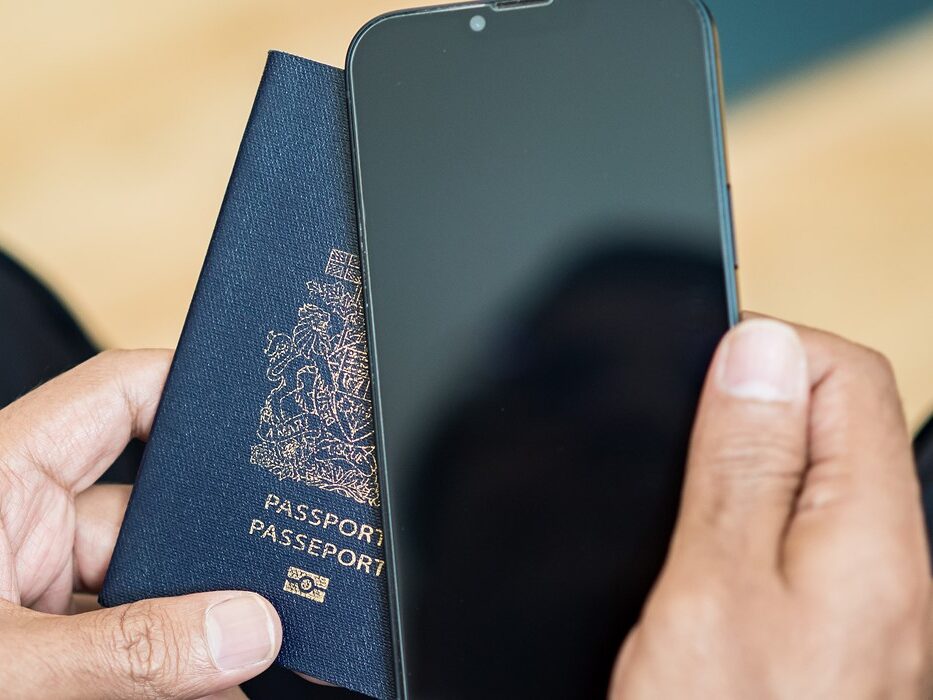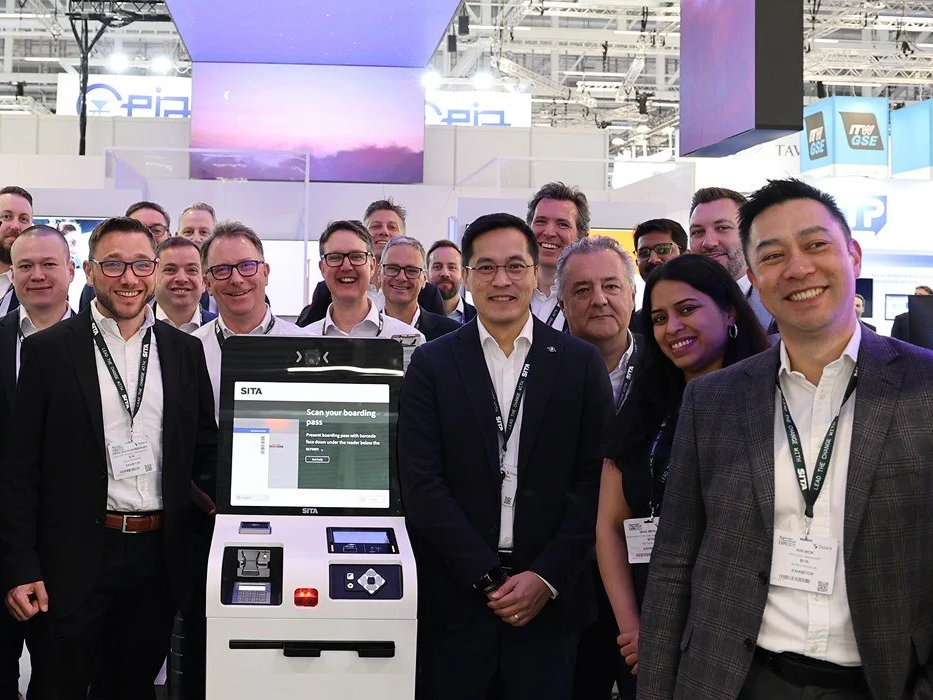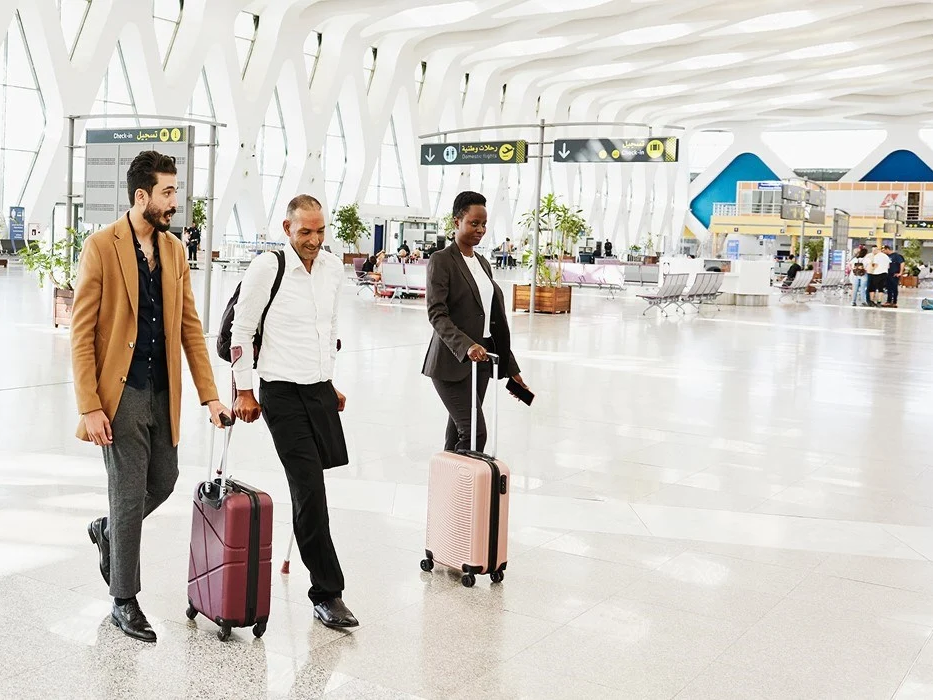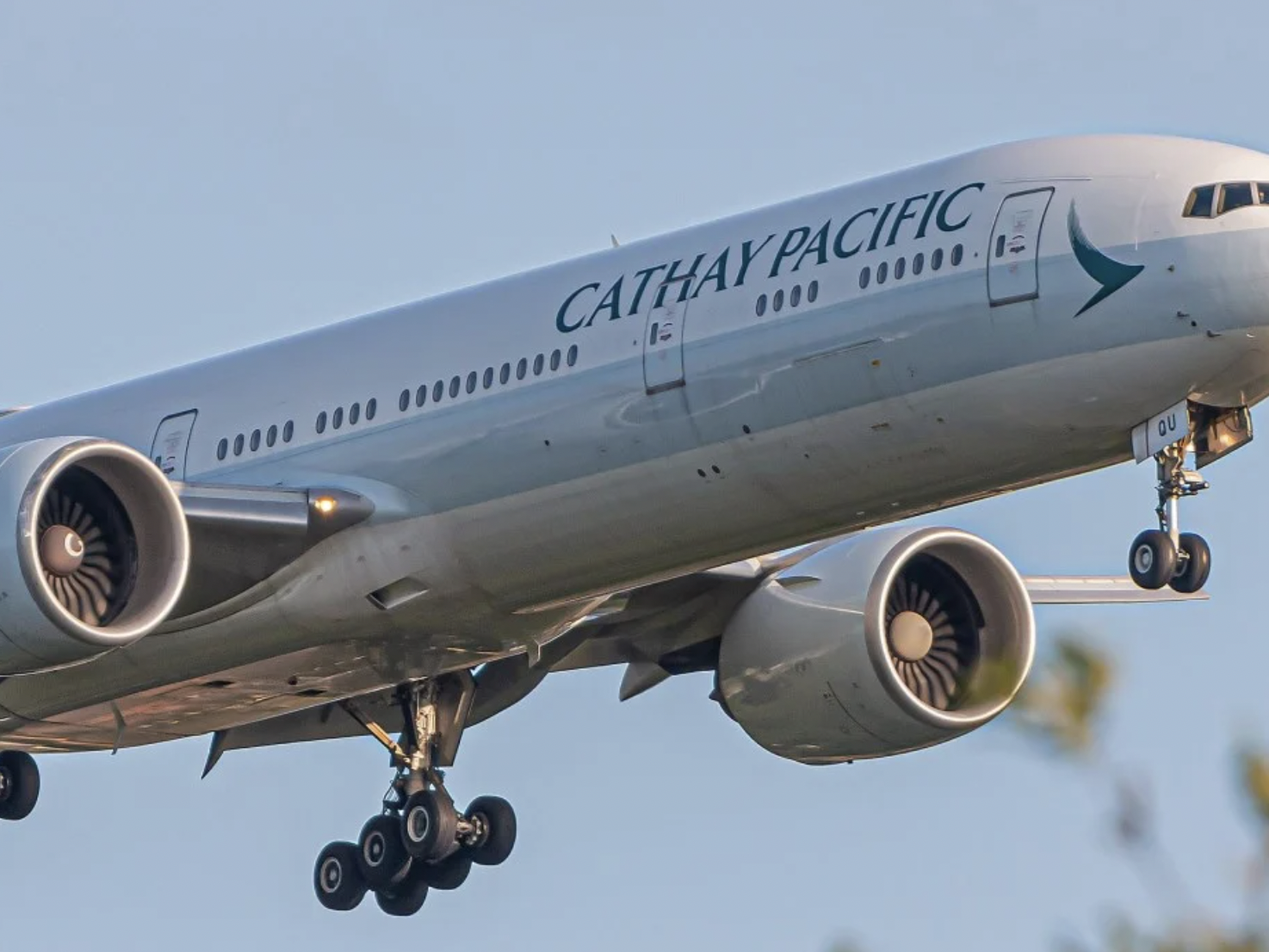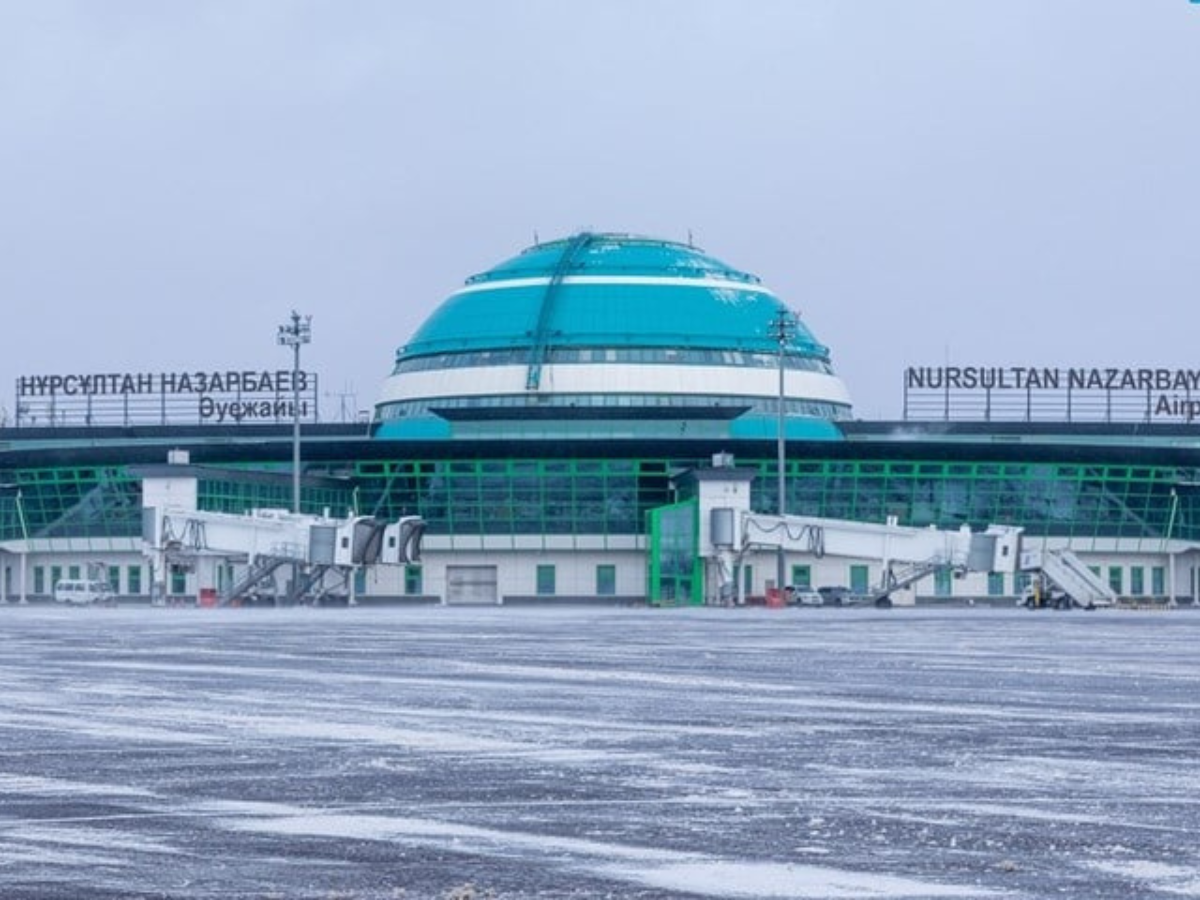Preparing for the Megatrends: Carving a Cost-Efficient Route to the Future of Travel
The future of travel is set to be transformed by a range of powerful megatrends, from emerging technologies to societal and economic trends. To adapt to this rapidly changing landscape, airports and airlines must act now to prepare for the years ahead. The ‘SITA Meet the Megatrends’ report explored 12 trends that will shape travel. Today we focus on six ways airports and airlines can cost-effectively prepare for these megatrends.
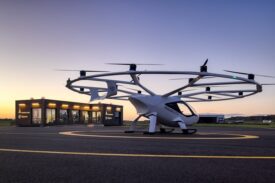
1. Cloud Agility and Automation for Staff Shortages
The shifting staff culture and Great Resignation led to a reduction in the workforce due to diminished travel demand during the pandemic, a rapid increase owing to a faster-than-expected recovery, and staff turnover resulting in lower proficiency levels. To address this, airports must invest in rapid upskilling tools, such as Virtual Reality / Augmented Reality (VR/AR), for training and advanced operations management platforms that provide a force-multiplier effect. We already see airlines playing a more significant role in training pilots and using VR technology to optimize training methods. Additionally, workforce administration needs to support more dynamic access rights, skill qualifications, and access rights that could utilize digital verifiable credentials to enable quicker approvals and machine governance.
As well as upskilling workers and collaborative recruitment drives, airports and airlines must lean on automation to improve efficiency. It’s not just major international airports that can benefit from increased automation and agile cloud solutions. From our experience in digitalizing the air transport industry – before, during, and post-pandemic – we see common issues facing highly cost-conscious regional airports, with a desire to be able to fund the types of smart digital ways of working found in larger airports.
Cloud technology makes the digital journey and cutting-edge IT affordable and accessible for regional or cost-restricted airports. With leading passenger processing capabilities accessible via the cloud, airports can enable shared common use approaches cost-effectively, saving on infrastructure, space, and maintenance. Not only that, but they’re also well-placed to embrace additional capabilities as they choose, such as self-boarding, self-bag drop, off-airport processing, and more.
A combination of highly skilled, flexible staff and agile cloud solutions supporting automation will ensure resilience in an uncertain future.
2. Embracing Digital Travel Today
If there’s one trend that holds a high impact today and will also exert a massive influence in the future, it’s the concept of Digital Travel. Millennials and younger generations are leading the charge in this regard, as they are increasingly reliant on digital tools and solutions to make their travel experiences more efficient and convenient.
The central components of digital travel are digital identity and biometrics. These technologies allow travelers to move through the travel process seamlessly and securely, from check-in and security to boarding and arrival. For example, SITA Smart Path is a seamless airport identity management solution that enables travelers to use their face as their passport and boarding pass while their mobile device acts as a remote control for their travel experience.
For example, SITA, working with Indicio and the Aruba Tourism Authority, recently announced the implementation of seamless travel to Aruba using verifiable digital credential technology. This innovation will allow travelers to Aruba to fulfill government immigration requirements before boarding their flight, with their ‘ready-to-fly’ status being confirmed invisibly in the background.
To fully realize the potential of digital travel, however, there needs to be a harmonized and standardized approach to digital identity and biometrics across the industry. This requires collaboration between airlines, airports, and government agencies to establish common standards and protocols for identity verification and biometric authentication.
One key area of focus is border control policies and practices. Governments set the acceptance criteria for identity and biometric standards, and these need to be designed and implemented in concert with the rest of the airline and airport processing systems. This includes developing self-service facilities for travelers, such as Common Use Self Service (CUSS) for check-in, self-bag drop, and e-gates for border control. Online and mobile solutions for eVisas/Electronic Travel Authorizations (ETAs), check-in, and digital queuing must also be integrated into the overall travel process.
Another critical area is the development of digital travel credentials, such as electronic machine-readable travel documents (eMRTDs) that enable remote presentation of traveler identity. The International Civil Aviation Organization (ICAO) and several solution providers are already exploring ways to enable the adoption of Digital Travel Credentials (DTCs).
Pre-clearance is another area where digital technology can play a significant role in improving the traveler experience. By allowing travelers to obtain border entry approvals before boarding their flights, pre-clearance can reduce wait times and improve the overall efficiency of the travel process.
Ensuring Advanced Passenger Processing (APP) is available for passengers and biometric enabled travel will be key foundational pillars to support the digital travel experience of tomorrow.
3. Flattening the Organization
The concept of flattened business organizations in airports is gaining popularity due to the adoption of smart airport technologies that boost operational efficiency. These technologies use Resource Management Systems, AI, and Machine Learning to optimize scheduling and create a digital ecosystem that enhances communication across all ground operations.
By adopting a flattened business structure, each employee’s role is elevated, improving coordination and communication while eliminating excess management layers. This approach leads to better decision-making processes and increased budget efficiency since there is less need for middle management.
As an example, the integration of Digital Towers plays a significant role in centralizing flight operations, leading to strong central operations visibility. This system enables ground mobile apps to super-power a workforce by streamlining processes and enhancing communication channels.
The key to unlocking the potential of this approach is to catalog and create a digital airport that can prepare for AI and robotics integration. By doing so, airports and airlines can streamline operations, reduce costs, and enhance the overall passenger experience.
4. Multimodal Matters
The future of travel lies in multimodal transportation, which involves collaborating across different travel industries, including air, rail, cruise, and ferry. By integrating logistics and operational systems across various transport verticals, we can offer passengers real-time information on their journey and create a seamless travel experience.
Inter-modal digital travel is a key component of multimodal transportation, enabling passengers to book and track their journeys across various modes of transportation. Providing multi-leg passenger and baggage processing ensures that passengers do not have to worry about managing their luggage or check-ins during their journey.
SITA has developed solutions for the air transport industry where passengers can use their mobile phone to manage every step of their journey, with their face recognized at each touchpoint. For example, our SITA Flex cloud platform enables passengers to use their mobile anywhere in the airport without having to visit a fixed check-in desk or kiosk. It uses Application Programming Interfaces (APIs) and the cloud to extract and manage journey data, giving passengers a mobile self-service and automated journey on or off the airport. Combined with SITA’s Smart Path, our biometric self-service solution, passengers can be identified at each step using their face as their identity.
This digital passenger experience can be replicated across other modes of transport. For example, biometric boarding would allow cruise passengers who have registered their passport and biometrics on the cruise app to embark on the ship using only their face.
Combined with a complete end-to-end border management portfolio spanning the entire passenger journey, we’re in a great position to extend our aviation expertise to land and sea borders. It’s another step towards delivering a seamless and secure experience – whether you travel by plane, train, or automobile – that can be adopted today.
5. Evolving the Supply Chain
Blockchain technology can securely store and share information about goods and their movements, providing a transparent and secure way to track customs clearance and HS code processing. The air transport industry spends US$50bn annually on aircraft spare parts. Yet, the tracking and tracing of serialized spare parts as they move between airlines, lessors, and original equipment manufacturers (OEMs) remains largely manual and paper dependent.
Until recently, there was no single view of how to track hundreds of millions of records of transactions between these entities, exacerbating risk and cost. To address this challenge, SITA has developed an MRO Blockchain solution. This digital platform allows seamless and detailed collaboration among all parties involved in the manufacturing, repair, and usage of aircraft parts. PwC estimates that the use of blockchain could cut MRO costs globally by around 5% or US$3.5 billion.
SITA brings the benefit of MRO Blockchain to the aftermarket. It has partnered with ILS to create a new authenticity-assured parts service leveraging a blockchain-based digital passport for an expanding aftermarket in the commercial and defense aerospace industry.
We believe the fundamental benefits of the development of this digital passport capability for our customers include:
- Safeguarding the asset value for both seller and buyer.
- Accelerating faster and more efficient purchasing and selling.
- Creating trusted and transparent buying experiences because parts are traceable and assured.
By adopting these automation technologies, supply chain transformation can lead to a more streamlined, efficient, and cost-effective process.
Projects are underway today and SITA welcomes new collaborations in this space.
6. Foundations for Urban Air Mobility UAM
Urban Air Mobility (UAM) offers a promising solution to speed up passenger transfers for airports and airlines. By operating within their own airspace, UAM flights can provide a nimble extension to long-haul flights and offer a “just-in-time” travel experience that seamlessly aligns with the airport’s flight schedule.
The launch of UAM services in cities will require the development of an advanced aviation ecosystem on the ground and in the air. An entire ecosystem is necessary to make UAM a scalable, seamlessly integrated reality. Collaboration between partners in air traffic management, infrastructure, and operations to build the ecosystem required to bring urban air mobility to life.
UAM flights can leverage real-time flight data from airports to enhance their value and align their schedules accordingly. This would ensure that UAM flights to and from the airport match the primary flight schedule, minimizing wait times at the terminal.
In addition, UAM flights can benefit from digital travel models that provide verifiable digital identities and tokenized travel. This can pave the way for automated passenger processing, making the travel experience more seamless and efficient. Having these digital frameworks in place today will create a strong foundation for the adoption and integration of UAM in the coming years.
This article was originally published by SITA.




